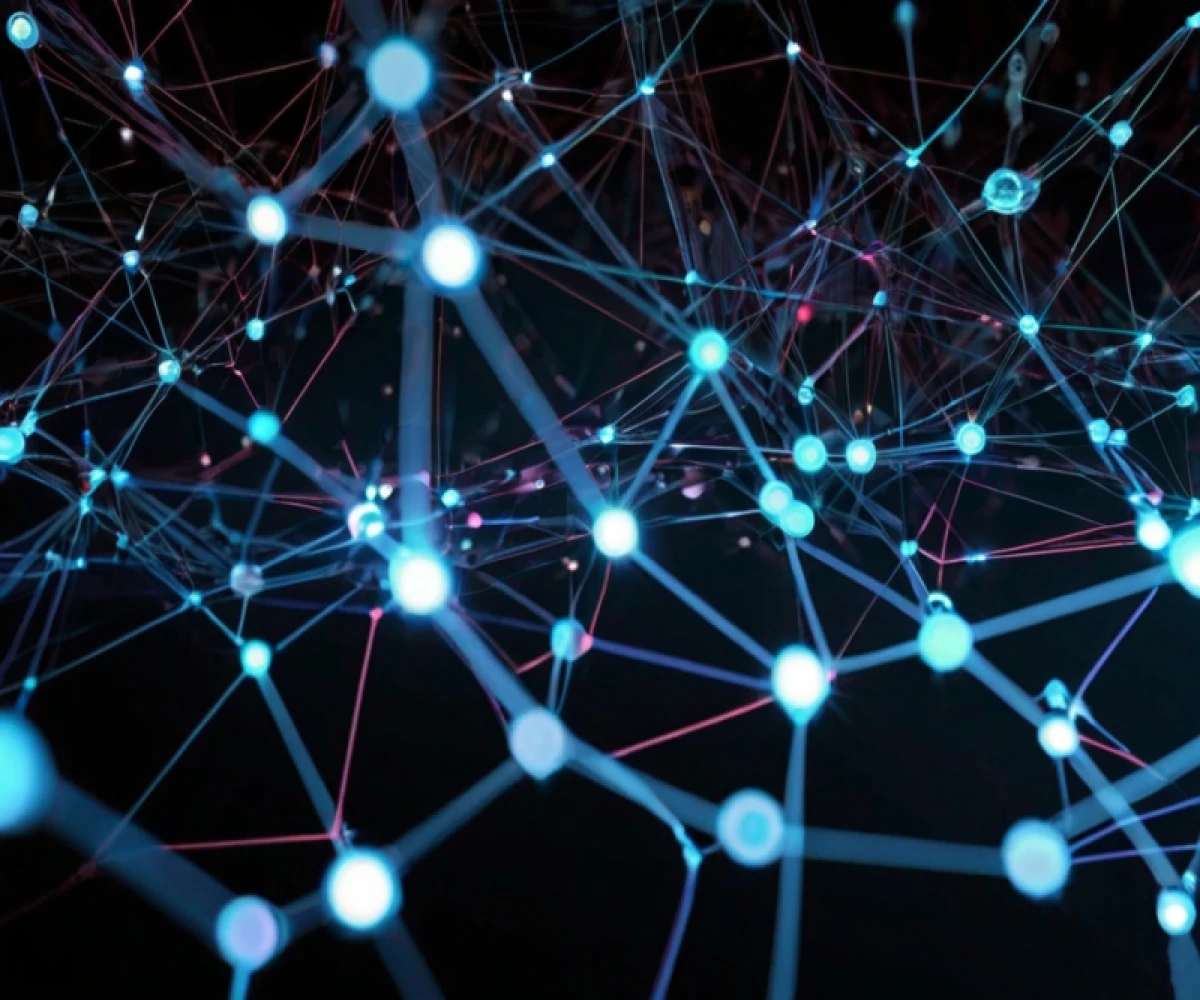
The 4 Types of IoT
Demystifying the Internet of Things: Exploring the 4 Different Types of IoT
The Internet of Things (IoT) might sound like a futuristic concept, but it's already woven into the fabric of our daily lives. From the moment we wake up to our smartwatches tracking our sleep, to the coffee maker brewing our morning cup remotely, to the fitness trackers monitoring our every step, IoT devices collect and communicate data silently, making our lives more convenient, efficient, and sometimes even a little spooky.
But what exactly are these ubiquitous gadgets, and how are they changing the world around us? Let's delve into the four main types of IoT and explore their potential:
1. Consumer IoT (CIoT):
This category encompasses all the connected devices we use in our personal lives, aiming to simplify and enhance our daily routines. Think:
- Smart home devices: Thermostats, lights, doorbells, locks, speakers, appliances – you name it, there's probably a smart version of it! These devices automate tasks, adjust to our preferences, and offer remote control, providing convenience and energy savings.
- Wearable gadgets: Smartwatches, fitness trackers, smart clothing – these devices track our health, fitness levels, and even emotions, offering insights and motivation for a healthier lifestyle.
- Entertainment devices: Smart TVs, streaming devices, gaming consoles – these connect to the internet, offering personalized recommendations, voice control, and immersive entertainment experiences.
2. Industrial IoT (IIoT):
This refers to connected devices used in industrial settings to optimize operations and maximize efficiency. Examples include:
- Smart sensors: Mounted on machines, these sensors monitor performance, predict maintenance needs, and prevent downtime, leading to cost savings and improved productivity.
- Connected supply chains: Trackable devices monitor inventory levels, optimize logistics, and ensure product quality throughout the supply chain, leading to greater efficiency and transparency.
- Remote monitoring and control: Operators can monitor and control industrial equipment remotely, improving safety and allowing for real-time adjustments based on data insights.
3. Infrastructure IoT (IIoT):
This type focuses on connecting and optimizing city infrastructure for improved management and resource utilization. Examples include:
- Smart grids: Sensors monitor energy consumption and adjust power flow based on demand, leading to reduced energy waste and more efficient distribution.
- Smart traffic management: Connected sensors analyze traffic patterns and optimize traffic lights, reducing congestion and improving travel times.
- Smart waste management: Sensors track waste levels in bins and optimize collection routes, minimizing waste overflow and fuel consumption.
4. Enterprise IoT (EIot):
Instead of focusing on specific industries, this category encompasses the broader application of IoT within businesses and organizations. This includes:
- Connected assets: Tracking and managing company vehicles, equipment, and inventory in real-time, leading to improved asset utilization and reduced operational costs.
- Smart buildings: Sensors monitor energy consumption, occupancy, and environmental conditions in buildings, optimizing energy use and creating a more comfortable and productive work environment.
- Connected logistics and operations: IoT devices streamline logistics processes, track shipments in real-time, and automate tasks, improving efficiency and customer satisfaction.
The potential and challenges of IoT:
The possibilities of IoT are vast, encompassing advancements in healthcare, agriculture, environmental monitoring, and more. However, challenges like data security, privacy concerns, and potential job displacement require careful consideration and ethical development.
Remember, the key to unlocking the full potential of IoT lies in responsible development and deployment, ensuring these technologies benefit humanity while mitigating potential risks.
Let's explore together:
This blog offers a glimpse into the diverse world of IoT. As technology continues to evolve, the four types of IoT will continue to converge and create exciting new possibilities. Do you have any questions or specific areas of interest within the realm of IoT? Share them in the comments, and let's continue the conversation!
I hope this revised version provides a more inclusive and applicable perspective on the different types of IoT!


